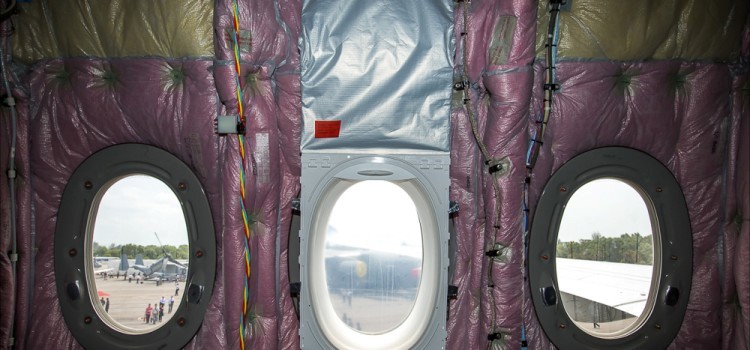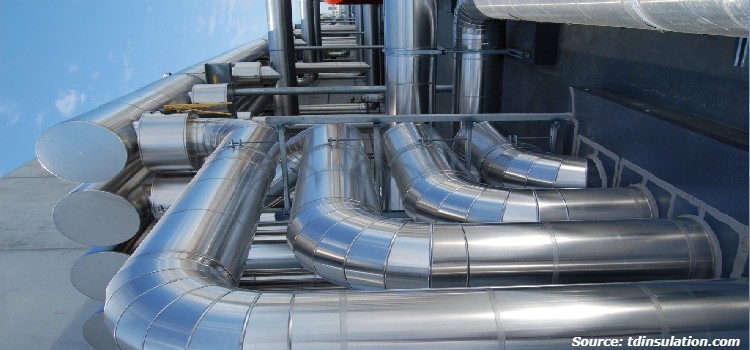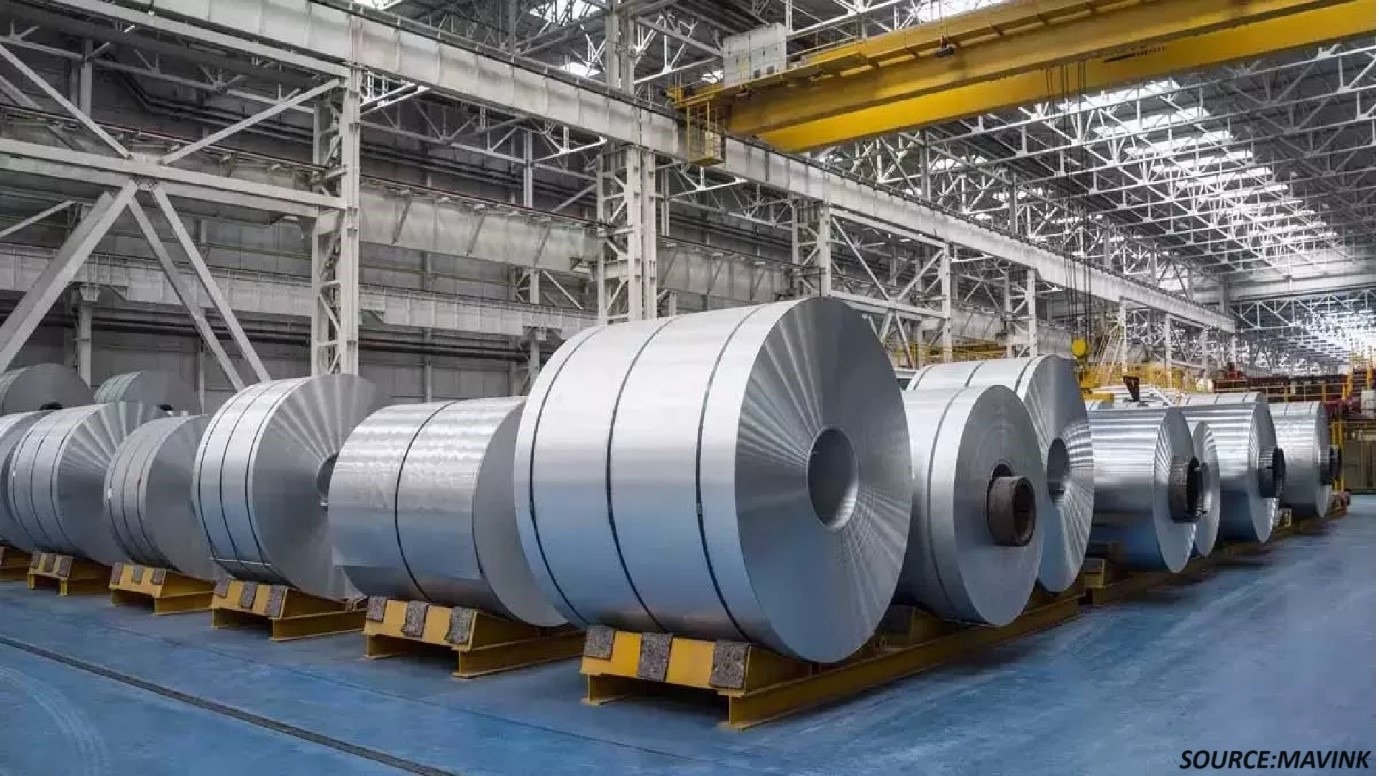Exploring Closed Cell Crosslinked Foams: Advancements in Aerospace Applications
04-Jun-2024

Introduction:
Closed cell crosslinked foams have emerged as a significant innovation in the aerospace industry. They offer unparalleled benefits in terms of lightweight construction, durability, and thermal insulation. In this article, we delve into the world of closed cell crosslinked foams and their pivotal role in shaping the future of aerospace applications.
What Are Closed Cell Crosslinked Foams?
Closed cell crosslinked foams represent cutting-edge materials with a distinctive cellular makeup, featuring sealed cells that are not interconnected. This specialized structure is achieved through a process called crosslinking, in which polymer chains are bonded together to form a strong and durable material. The sealed cell design offers numerous benefits, including exceptional buoyancy, water resistance, and thermal insulation properties. These qualities make closed cell crosslinked foams highly suitable for various aerospace applications, where reliability and performance are paramount.
Advantages in Aerospace Applications:
Weight Reduction: The lightweight nature of closed cell crosslinked foams makes them highly desirable for aerospace manufacturers seeking to minimize the weight of aircraft components. By using these foams, manufacturers can achieve significant weight reduction, leading to improved fuel efficiency and overall aircraft performance. This reduction in weight translates to lower fuel consumption and operating costs. Moreover, they provide increased payload capacity for cargo or passengers. Additionally, lighter aircraft can experience enhanced maneuverability and agility, which, in turn, contributes to a safer and more efficient flight experience.
Durability and Impact Resistance: The robust crosslinked structure of closed cell foams provides outstanding durability and resilience, making them ideal for aerospace applications. These foams can withstand the demanding conditions of flight operations and harsh environmental factors with ease. Their inherent resistance to mechanical stresses, abrasion, and punctures ensures that aircraft components remain intact and functional over extended periods. As a result, the lifespan of aircraft components is significantly extended. This helps in reducing maintenance requirements and lowering operational costs. Aerospace manufacturers benefit from the reliability and longevity of these foams, leading to the overall safety and efficiency of aircraft operations.
Thermal Insulation: Closed cell crosslinked foams excel in thermal insulation, providing superior protection against temperature fluctuations in aircraft interiors. These foams act as a barrier to heat transfer and ensure that cabin temperatures remain comfortable for passengers and crew members. Additionally, they shield sensitive electronic equipment from heat damage, contributing to the efficient operation of onboard systems. With their ability to regulate temperature variations effectively, closed cell crosslinked foams play a crucial role in maintaining optimal conditions within aircraft interiors. Moreover, they enhance passenger comfort and provide a reliable performance of critical systems throughout flights.
Chemical Resistance: Closed cell crosslinked foams boast impressive chemical resistance, making them highly suitable for applications in which exposure to harsh substances is of concern. These foams are resistant to corrosion, degradation, and chemical attack. This, in turn, ensures their long-term performance even in challenging environments. Their ability to withstand the effects of chemicals and solvents enhances their durability and reliability. This, in turn, makes them invaluable in aerospace applications where protection against harsh substances is essential for maintaining operational integrity and longevity.
Versatility: Closed cell crosslinked foams can be customized to meet specific performance requirements. This leads to their implementation in a wide range of applications in aircraft interiors, structural components, insulation panels, and others. They can be easily molded, shaped, and fabricated into complex geometries, offering design flexibility and versatility for aerospace engineers and manufacturers.
Market Trends and Growth Opportunities:
The aerospace foam market is experiencing a surge in demand for closed cell crosslinked foams, driven by the growing emphasis on lightweight construction, fuel efficiency, and passenger comfort. This surge is fuelled by several factors, including the industry's strong focus on enhancing aircraft performance and meeting stringent regulatory requirements. Aircraft manufacturers are increasingly turning to innovative materials such as closed-cell crosslinked foams to achieve these objectives. Furthermore, the demand is not limited to established markets; emerging economies are also witnessing significant growth in the aerospace sector.
This, in turn, presents lucrative opportunities for foam manufacturers and suppliers. As the aerospace industry evolves, companies such as Zotefoams are seizing these trends by introducing advanced products. One of such products is ZOTEK F OSU, an aviation-grade foam designed to meet stringent standards for fire, smoke, and toxicity. This foam's lightweight and durable properties enhance safety and performance in aircraft interiors. These properties align with the market's focus on lightweight construction and passenger comfort while addressing regulatory requirements. Such innovations underscore the market's potential for growth and innovation as it continues to evolve to meet the demands of the aerospace industry.
Future Outlook:
In the future, closed cell crosslinked foams will become even more vital in aerospace design and production. Ongoing research and developments are focused on improving the properties and performance of these foams, opening up new opportunities for creating lightweight, durable, and energy-efficient aircraft structures. Advancements in material science, manufacturing techniques, and design technologies will fuel innovation in aerospace foam applications, resulting in the development of safer, more efficient, and environmentally sustainable aircraft solutions than before. As the aerospace industry continues to evolve, closed cell crosslinked foams will play a crucial role in shaping the next generation of aircraft, driving progress toward enhanced safety, performance, and sustainability.
Conclusion:
Closed cell crosslinked foams represent a transformative innovation in the aerospace industry, offering a winning combination of lightweight construction, durability, and thermal insulation. As the demand for fuel-efficient and environmentally sustainable aircraft continues to grow, the adoption of closed cell crosslinked foams is expected to soar. This will drive advancements in aerospace design and manufacturing for years to come. With their exceptional properties and versatility, closed cell crosslinked foams are poised to revolutionize the way aircraft are built and operated. They will lead to a new era of efficiency, safety, and performance in aerospace engineering.
About the Author
 Saurav Sarkar is an accomplished researcher and writer with over three years of experience in conducting thorough research. His passion for exploring various subjects and delving into in-depth analysis has led him to develop a keen understanding of research nuances. He remains committed to staying current with the latest market trends, recognizing their impact on businesses and society. The author can be reached at saurav.sarkar@nextmsc.com
Saurav Sarkar is an accomplished researcher and writer with over three years of experience in conducting thorough research. His passion for exploring various subjects and delving into in-depth analysis has led him to develop a keen understanding of research nuances. He remains committed to staying current with the latest market trends, recognizing their impact on businesses and society. The author can be reached at saurav.sarkar@nextmsc.com
Add Comment
Related Blogs
Industry Giants Securing 70 percentage of the Cold Pipe Insulation Market – What Sets Them Apart
Next Move Strategy Consulting forecasts a notable upsurge in...
Norsk Hydro Asa, Leading the Aluminium Sector With Around 28 Percentage Share – Here is Why
The aluminium market is expected to see a remarkable gr...
Green Innovation: Environmental Benefits Of Advanced Phase Change Materials
Introduction Advanced phase change materials (PCMs) are s...










